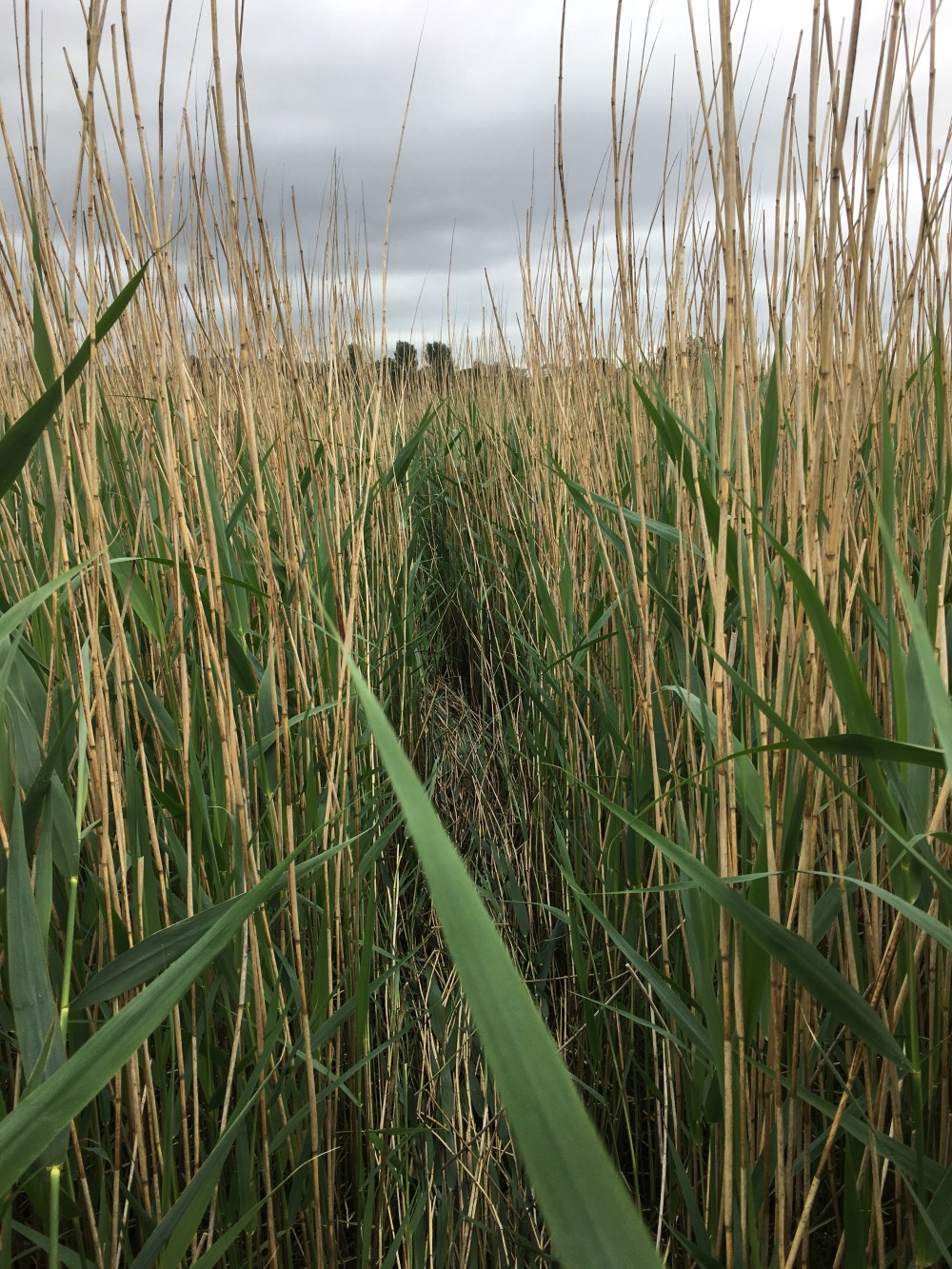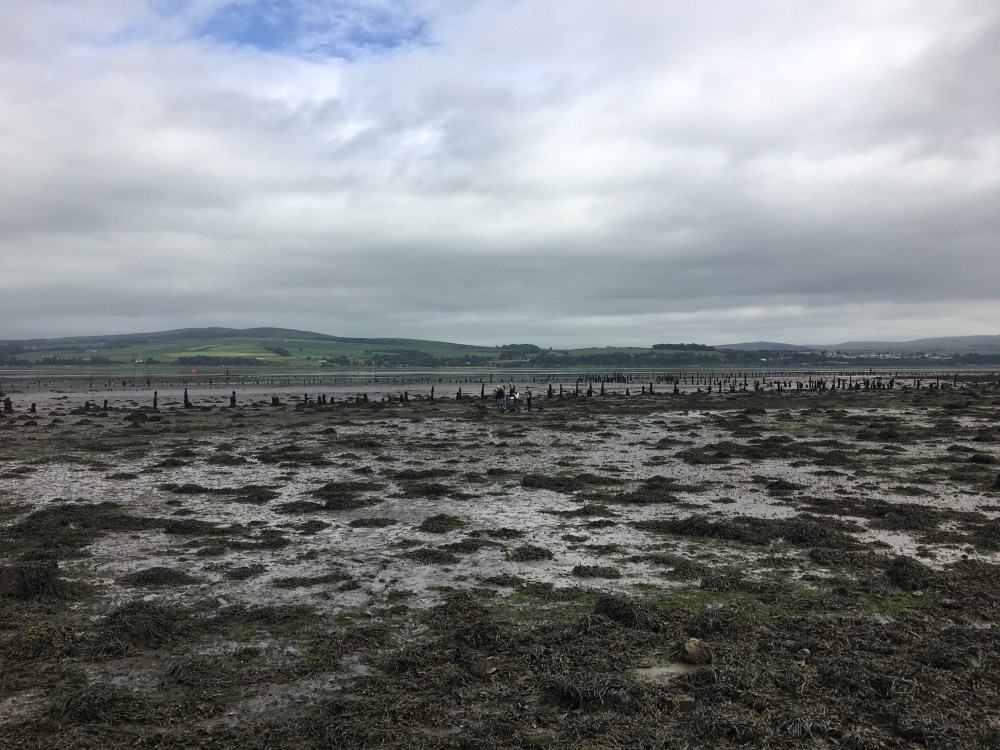Britain at Low Tide: S2 E4 Severn Estuary
I love the River Severn, but I tend to stay way upstream, as it wends its way through Shropshire. Canoeing down under Ironbridge and over the Jackfield Rapids has to be one of my favourite things.
The Severn as we see it in this episode of Britain at Low Tide is a different beast altogether. Treacherous, changeable, fast and swirling. Hard to navigate, and hard to cross. But intriguingly, the challenge of crossing this natural barrier appears to have brought communities on each bank of the river closer together, rather than driving them apart. Even today, you can hear people on the Wye side of the river talk about ‘Forest Folk’ and ‘River Folk’; kinship with the water runs deep.
I cannot overstate how dangerous this stretch of the Severn is. The tides rush in. People can, and do, get caught out and die. To get permission to film, we had to have a hovercraft on standby to rescue us, just in case.
We also had to fortune to be guided by Frank Larkham, local skipper (and one of the few remaining people with the knowledge to pilot up river beyond Aust) and owner of the Wastdale and Arkendale wrecks. His knowledge of the tides kept us safe getting to and from these boats. Even so, it was tense. Please, please don’t be foolhardy and venture out into the mud yourself unless you know what you are doing, and take all the necessary precautions (if you don’t know what these are: DON’T GO). AND CHECK THE TIDES.
You can, however, continue to explore the stories in this episode from the safety of your armchair by following the links below
If you want to get involved with local archaeology safely, get in touch with the CITiZAN team, and find out what opportunities and events there are in your area: https://citizan.org.uk/get-involved/
If you want to know more about the archaeology of the tidal Severn, the Severn Estuary and Levels Research Committee is the place to visit — as ever, we could only scrape the surface of the fascinating history and prehistory of this region: http://www.selrc.org.uk/
This episode is really all about crossing the River Severn, and this blogpost by CITiZAN’s Alex Bellisario covers much of the history of the ingenious ways people have done — or attempted to do — just that: https://www.citizan.org.uk/blog/2017/Apr/22/crossing-the-severn-through-the-ages/
And Chris Witts, who shared his memories of the Severn Bridge Disaster with us (see WASTDALE AND ARKENDALE/SEVERN BRIDGE DISASTER below) wrote a whole book called The Severn Estuary Crossings
AUST TO BEACHLEY FERRY
This video has fabulous vintage footage from the Huntely Film Archive of the Aust-Beachly Ferry in the 1930s:
- From a historical POV, I like this blogpost about the old ferry crossing at Aust because it has a fab quote from
scardy-catprobably quite sensible Daniel DeFoe: http://www.aforgottenlandscape.org.uk/projects/aust-ferry/ - And for what came next, i.e. the first Severn road Bridge, this is pure, glorious, nerdy joy: http://www.cbrd.co.uk/index.php/photo/aust-beachley
SUB-AQUEOUS TUNNEL
I love tunnels, especially lost or abandoned ones, so I was gutted I didn’t get to do this story. Lucky Oliver!
- Keith Walker wrote a brilliant article all about his work uncovering the history of the first Severn Tunnel for the British Association for Local History’s The Local Historian, Vol. 30 (pp. 222-238) [pdf here]
- Should you want to see the 1810 Act of Parliament for a tunnel under the Severn at Newnham, you can find a copy in the Gloucester Archives, Ref D1420
- A nice summary of the history of the tunnel: https://www.gracesguide.co.uk/An_Abortive_Severn_Tunnel
WASTDALE AND ARKENDALE/SEVERN BRIDGE DISASTER
Chris Witts has his own blog, and he tells the story of the Severn Bridge Disaster there in much greater detail than we could possibly do in the programme. I recommend reading it: http://www.severntales.co.uk/severn-bridge-disaster.html
Chris has also written a book all about Severn crossings, called
ST TWROG’S CHAPEL*
St Twrogs really is a bit of a mystery, and I have struggled to find anything accessible to link to for further reading. But:
- This is CITiZAN’s 3D model of St Twrog’s Chapel, made by Drone Meistro Pete Rauxloh: https://sketchfab.com/models/dec128907dbf49c0886a7a1defb43d7d
- Here are references to St Twrog’S Chapel in the Victoria County Histories(falling under Tidenham) : http://www.british-history.ac.uk/vch/glos/vol10/pp73-78#highlight-first
- This is a great article by Mari Hughes-Edwards about Medieval Anchorites: http://www.buildingconservation.com/articles/anchorites/anchorites.htm
- Professor Madeleine Gray (who Charlotte met in the Gwent Archives) blogs all about Welsh medieval history on her blogs The Cistercian Way and Heritage Tortoise
*With apologies for pronunciation. I think I should have been pronounced more like ‘Tur-rogs’, but consistency (and a lack of confidence in my own opinion at the time…) required me to fall in with Trogs…






